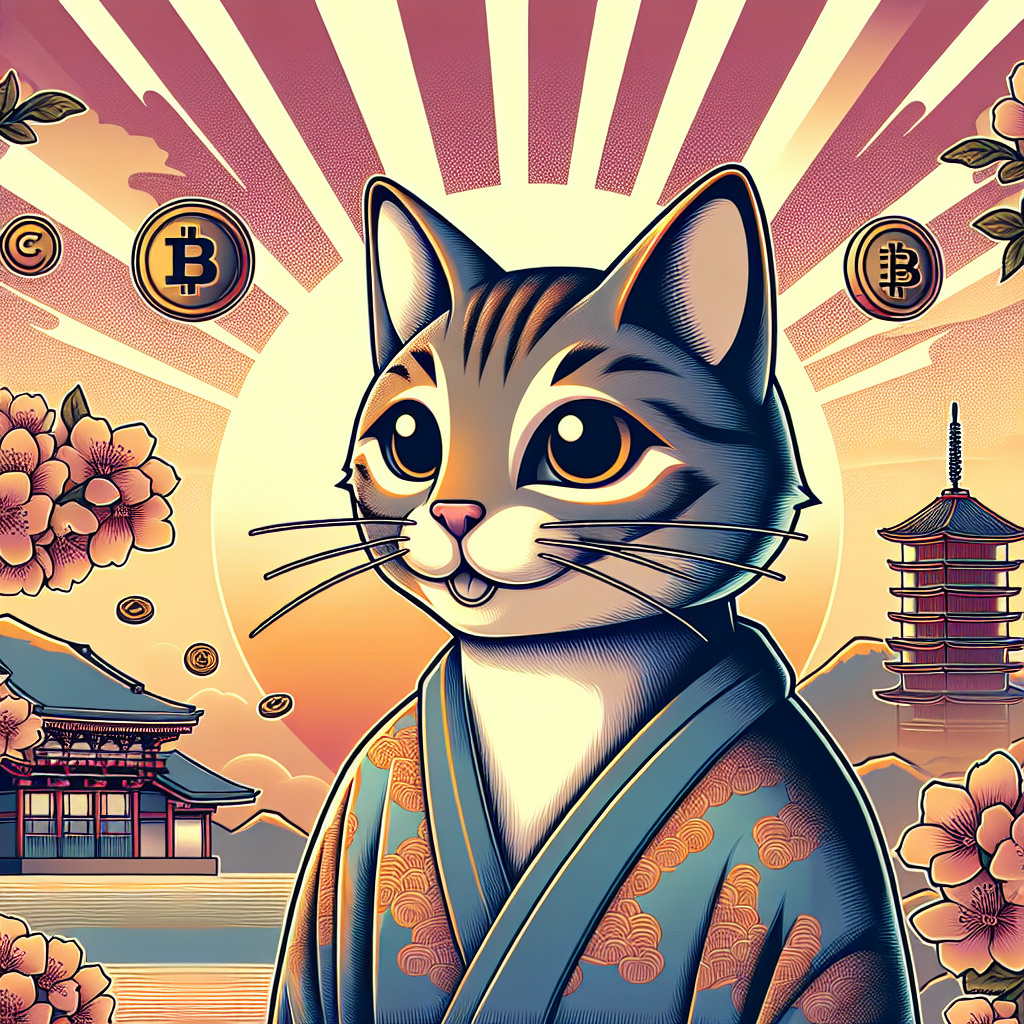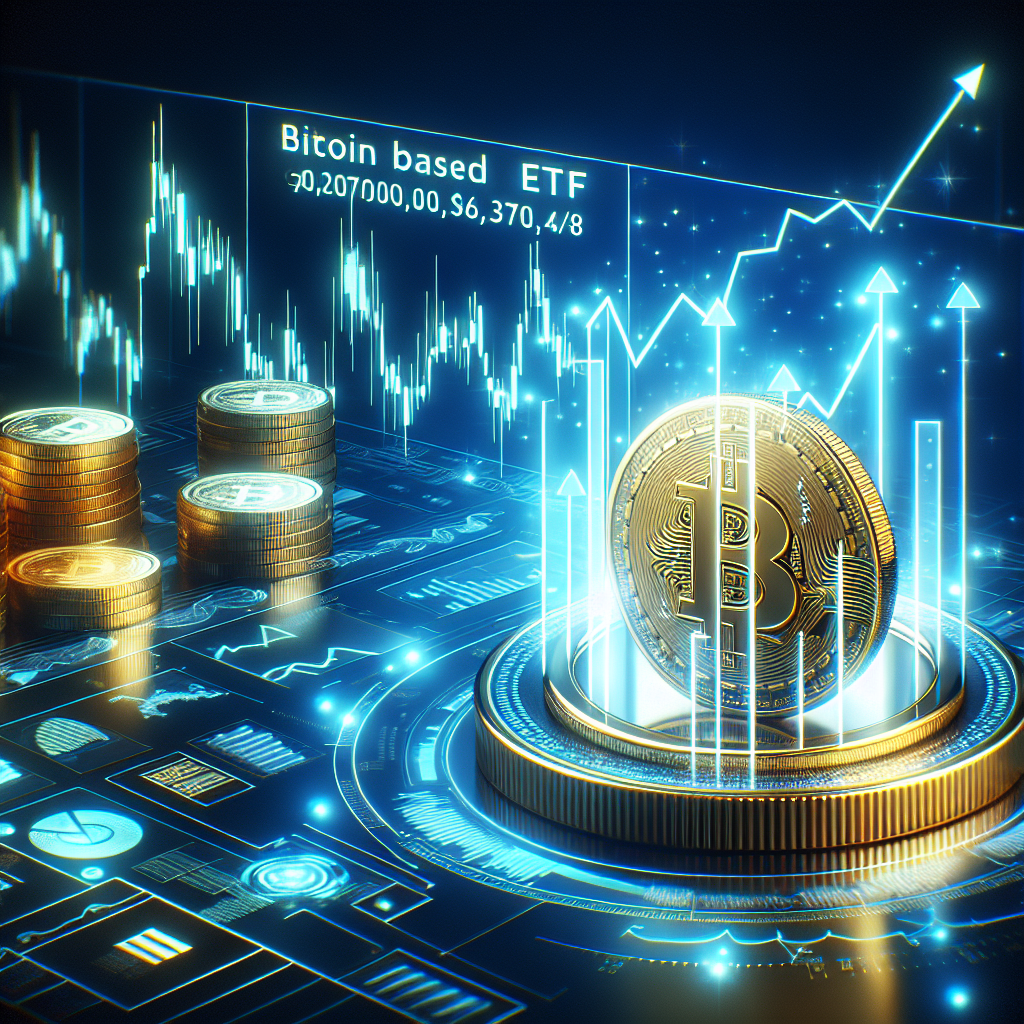In Japan, MonaCoin predominates as a digital currency. Contrasting with Bitcoin, MonaCoin operates on a proof-of-work protocol. Compared to Bitcoin, transaction processing on the MonaCoin blockchain happens at a swifter pace. Conceived by the anonymous Mr. Watanabe for Japanese use, it doesn’t employ the same Scrypt algorithm as Litecoin, from which it was forked. Instead, it utilizes the Lyra2REv2 algorithm, known for its energy efficiency. MonaCoin also stands out for its application in online gaming environments for tipping. Additionally, in Japan, smart ATMs or cryptocurrency exchanges facilitate transactions with MonaCoin, and some stores accept payments with it.
While the Monappy platform serves as the unofficial central hub for the MonaCoin community, MONA gets traded on various Japanese digital currency exchanges. There’s an interesting cultural aspect behind the creation of MonaCoin—it reflects Japan’s cultural urge to craft national versions of globally recognized products. This demand arises from the need for relatable, locally-made products with Japanese language content and documentation.
Rapid Insights
Despite MonaCoin’s firm ties with Japan, it’s not intended as a national currency, unlike Iceland’s initiatives. The price trajectory of MonaCoin reveals that it has seldom crossed the $2.00 mark for much of its existence. Initially priced under $1.00 for the first four years post its 2013 inception, it briefly surged to $16.61 in December 2017. By early 2022, it stabilized around $1.00, and by the close of August 2022, a downturn in the global cryptocurrency market saw MonaCoin priced at about $0.48. As of October 11, 2023, its trading value hovered around $0.39.
The MonaCoin network is essentially a game, with a goal of hash discovery. Functioning akin to points in the network, MonaCoin finds utility in diverse spaces. Primarily used for tipping, Monappy is a prominent online platform where users can exchange MONA for digital goods like coupons and various electronics.
Historical Overview and Usage
In 2013, an enigmatic figure in Japan unveiled MonaCoin. Japan’s financial services agency endorses it, allowing it as a tipping tool, as a payment method for online shopping, and for purchases in physical outlets. Multiple exchanges list these coins.
If you consider purchasing MonaCoin, you may proceed as follows: Begin the transaction to submit it to the MonaCoin blockchain. This employs a specific operating protocol, necessitating miner validation of the transaction. Concurrent with transaction processing, miners mint new MonaCoin, earning it as rewards. Within about 1.5 minutes of starting a MonaCoin transaction, it finalizes, adding a block to the MonaCoin blockchain. MonaCoin storage is accessible via designated platforms. The block reward diminishes by half every 1.051 million blocks, reducing from 12.5 MONA to 6.25 MONA, anticipated around early November 2023.
As hackers exploited MonaCoin’s storage vulnerability in Monappy, substantial amounts were pilfered through breaches. In 2018, $60 million went missing from Japan’s Zaif exchange. The following year, an 18-year-old successfully hacked Monappy, stealing 15 million yen from 7,700 users.
You can purchase MonaCoin; however, its usage is largely confined to Japan. Usage in the Japanese economy might intrigue you, but consider MonaCoin’s constraints before buying. MONA can facilitate tips for gamers and transactions on Monappy’s auction-like segment, where goods and services in Japan accept it.
The observations, interpretations, and evaluations provided here serve as informational content online. Refer to our sources for further details. As the article’s author, I declare no possession of cryptocurrency at the time of writing.







